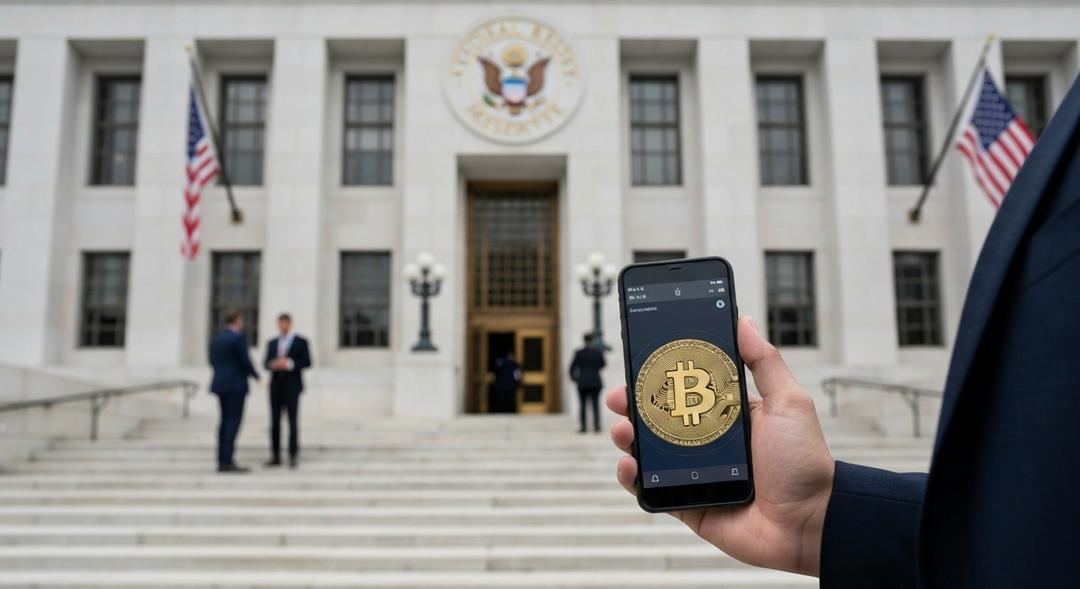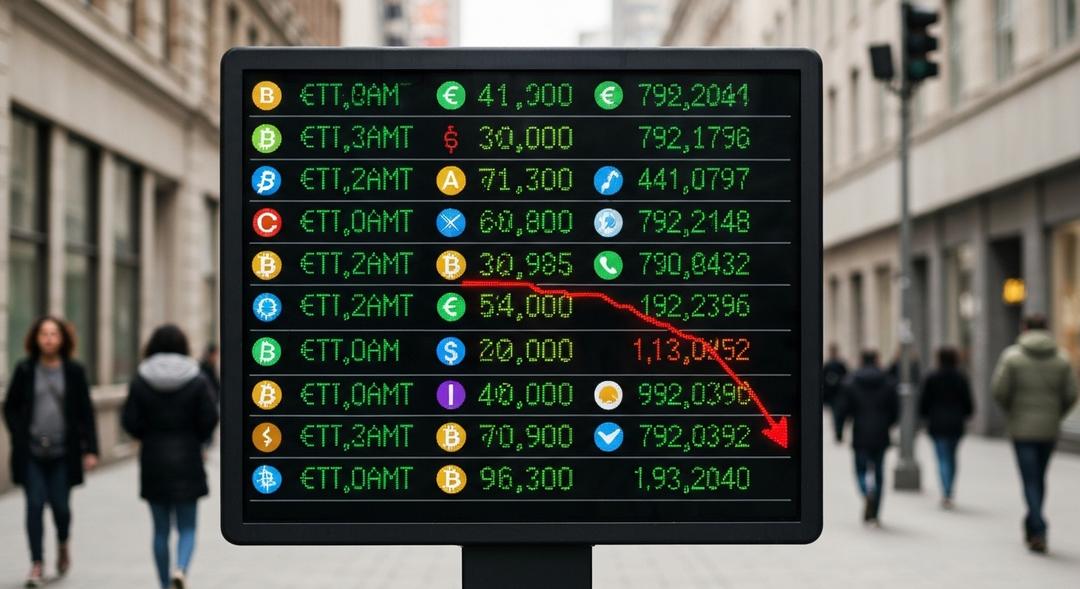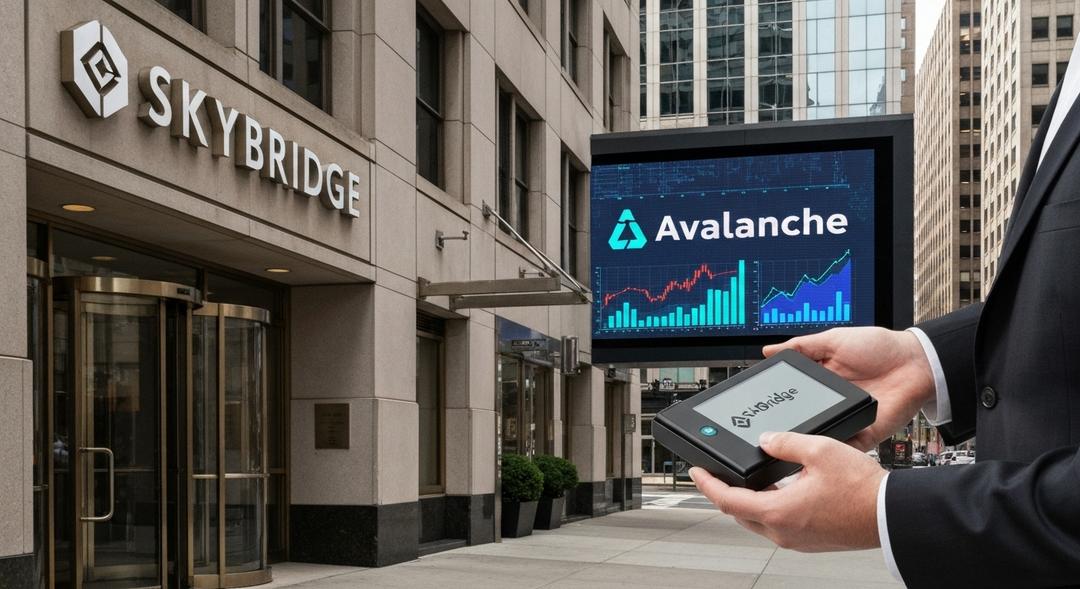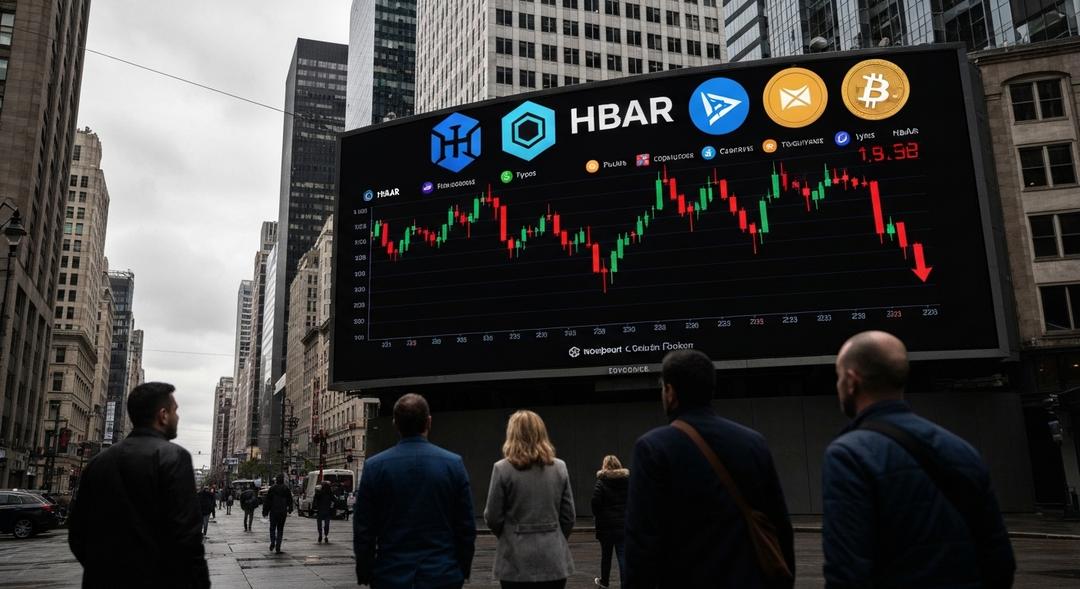Major changes are coming as the Federal Reserve takes a fresh view.
Michelle Bowman, now the vice chair overseeing Wall Street’s top banks, recently outlined a forward-thinking approach that could reshape American banking. Her comments at the Wyoming Blockchain Symposium put cryptocurrency at the heart of the evolving financial landscape, making Start Cloud Mining a natural point of discussion as banks consider new ways to stay ahead.
Bowman warned financial institutions that resisting digital assets would only leave them behind. She acknowledged that banks have faced confusing standards and shifting interpretations from regulators as the crypto sector has grown.
Some institutions have struggled with the lack of clear guidance as they navigated technology that did not fit neatly into existing categories. According to Bowman, it is time for officials to set a strategic framework built for emerging innovations in finance.
The changes are not limited to bank operations alone.
Recently confirmed as the nation’s chief supervisor for the financial system, Bowman now plays a key role in shaping the rules governing stablecoins in the United States. These new regulations aim to strike a balance by supporting innovation while ensuring that oversight does not stifle advancement or treat digital assets the same as traditional financial products.
Alongside the roll-out of the Guiding and Establishing National Innovation for U.S. Stablecoins Act, this approach signals a decisive shift toward open engagement with technology rather than a risk-averse mindset.
Her push is rooted in the belief that asset tokenization offers clear advantages. She described how tokenized assets can speed up ownership transfers, reduce costs for businesses and customers, and resolve some common risks in the current financial system. Stablecoins, in particular, have grown in mainstream relevance, suggesting they could soon become a critical fixture.
Bowman called on regulators and financial institutions to leave behind outdated caution. She advised that embracing new technology is crucial for growth and relevance. The speech gave voice to what many in the crypto industry have long waited to hear: that digital assets are being recognized for their distinctive characteristics.
The vice chair did not overlook the difficulties financial firms have already faced. She pointed to the disconnect between innovation and regulation that has caused uncertainty and slowed adoption. In response, her message emphasized the need for finely tuned regulations designed for digital assets’ unique structure, steering clear of worst-case scenarios or one-size-fits-all enforcement.
This evolving stance includes creating room for practical experience inside the regulator itself. Bowman suggested that Federal Reserve staff should consider holding small amounts of cryptocurrency. She compared this hands-on exposure to learning any new skill—emphasizing that real understanding comes from doing rather than just reading or theorizing.
Bowman’s willingness to challenge convention shows her alignment with President Trump’s administration, which has signaled growing acceptance of digital assets at the highest levels. She spoke about the necessity for adaptation at both the regulatory and institutional fronts, warning of the risks for those who remain hesitant.
Her comments make clear that passive observation will no longer suffice as digital assets become increasingly integral to finance. Regulatory bodies must advance their expertise, while banks must actively explore new opportunities, both to serve customers better and to ensure they are not sidelined by rapid technological transformation.
Her speech at the symposium did more than acknowledge shifts in the market. It put direct responsibility on regulators and banks to build systems capable of handling the digital era, while also highlighting real-world applications and benefits that could come from broader adoption of asset tokenization and stablecoins.
It is apparent that the Federal Reserve is not looking to impose blanket restrictions but rather to tailor policy with a nuanced understanding of new technologies. The message is that with practical engagement and open-mindedness, the financial industry can shape regulation to nurture innovation.
Bowman’s statements have sparked discussion across the sector as the U.S. moves closer to implementing formal guidance for digital assets. She stressed the importance of clarity, precision, and flexibility to meet the public’s changing needs while maintaining the safety and soundness of the nation’s financial system.
Conclusion
The Federal Reserve’s new approach signals a remarkable turning point in how American banks and regulators interact with cryptocurrency and blockchain technology. Rather than relying solely on existing rules, the focus is shifting toward crafting solutions that match the fast pace of innovation, offering avenues for institutions and customers to Start Cloud Mining and participate in the next evolution of finance.
As changes continue to unfold, the United States seems poised to lead in digital asset integration, presenting an opportunity for both greater efficiency and growth. With top officials now encouraging thoughtful experimentation and hands-on engagement, the future of finance appears more open and dynamic than ever.

Ewan’s fascination with cryptocurrency started through his curiosity about innovative technologies reshaping the financial world. Over the past four years, he has specialized in cloud mining and crypto asset management, diving deep into mining contracts, profitability analysis, and emerging trends. Ewan is dedicated to helping readers understand the technical and economic aspects of crypto mining, making complex information accessible and actionable.




